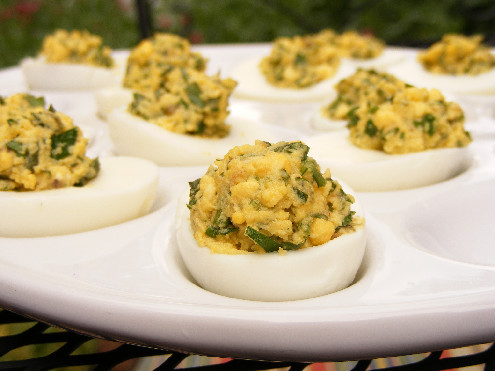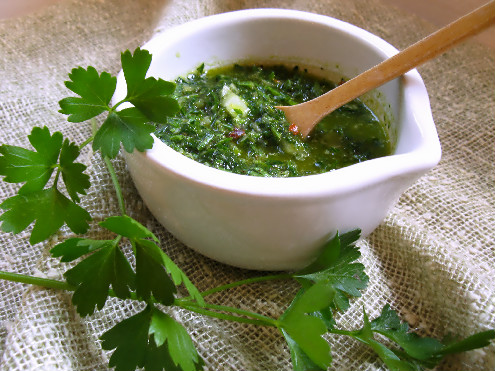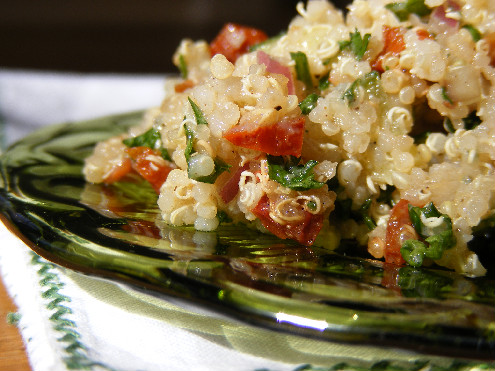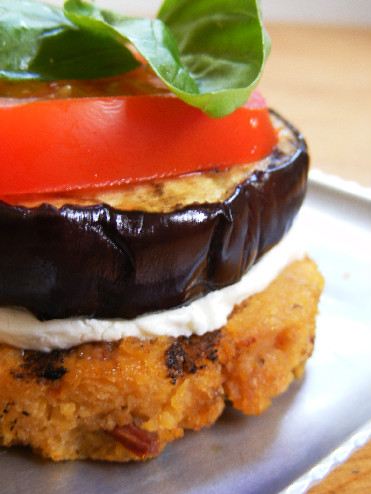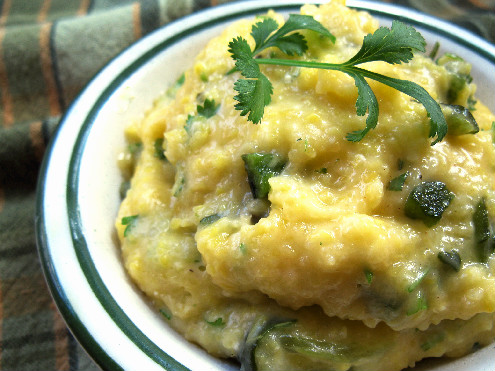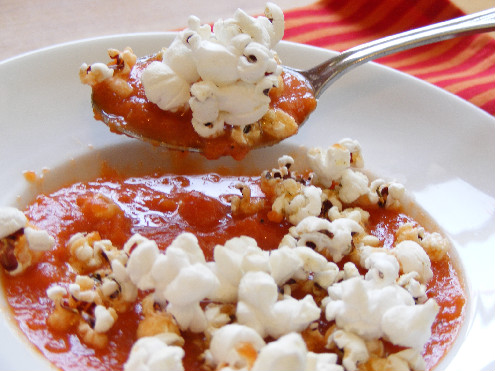Parsley: Deviled Eggs with Italian Salsa Verde
Until last week I was not a deviled egg fan.
I admit to frowning when someone showed up to a party with a plate of ho hum deviled eggs – you know the ones – mashed yolks flavored with too much mayonnaise. Pretty BLAH.
Call me a food snob, but to me, it’s just a notch above bringing cheap hotdogs. (Fear not, I’m gracious and appreciate the thought.)
My attitude changed last week when I made these deviled eggs with Italian salsa verde.
As you know from my last post, Italian green sauce is a fresh herb condiment traditionally paired with boiled eggs – either as an ingredient in the sauce or as a topping for eggs. Thinking about the two, I was inspired to replace the mayo in deviled eggs. The result – deviled eggs that would be a welcome appetizer at a party or summer barbecue.
I was not planning to write this post, but these deviled eggs are so good I had to share. The texture and assertive flavors of the Italian salsa verde make these eggs stand out.
Enjoy!
If you have a particular use for Italian salsa verde, please share. Or, tell us about your favorite deviled eggs.
Tidbits on Deviled Eggs:
- Spicy stuffed eggs date back as far as 13th century Andalusia. In a 15th century Italian text, stuffed eggs included raisins, cheese, parsley, marjoram and mint.
- In the 18th century, the name “deviled eggs” was termed. “Deviled” is used to connote spicy or fiery, reflecting the seasonings used to flavor. The first recipe for deviled eggs dates back to circa 1786.
Source: FoodTimeline.org.
View recipe for Parsley: Deviled Eggs with Italian Salsa Verde

